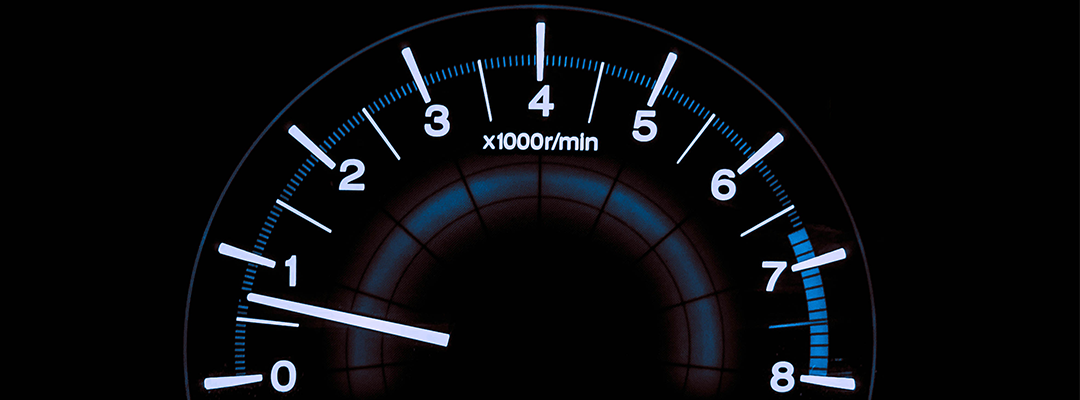5 things you should know about Wi-Fi speed and distance covered

In this post, we are going to provide the main reasons why distance covered affects your Wi-Fi speed, together with some suggestions to improve your Wi-Fi network’s performance.
When setting up your Wi-Fi hotspot you should consider one of the main aspect affecting your Wi-Fi network’s speed: distance. Indeed, you may experience that the speed of Wi-Fi-enabled devices (i.e. smartphones, laptops, tablets) varies according to their distance from your installed wireless access point.
The further you move from your router the lower your Wi-Fi signal and, accordingly, the lower your network’s speed. Let’s answer the following questions to know the main reasons why this occurs.
1. Can I cover a large area with a 802.11n access point?
The 802.11 standard your access point is based on is relevant to determine the area your device can cover: for instance, the maximum Wi-Fi signal range your access point is able to reach under the current 802.11n standard is 230 feet (70 metres), whereas under the newer 802.11ac the covered range is similar but the maximum throughput is greater – 1.33 Gbps VS 600 Mbps. Furthermore, it is useful to know that, when using the traditional 2.4 GHz band, Wi-Fi access points generally reach the signal up to 150 feet (45 metres) indoors and 300 feet (91 metres) in open areas. Nevertheless, keep in mind that when you are 150 feets away from your access point, even if you can connect, you will never have an outstanding Wi-Fi experience because Wi-Fi can be slow.
2. Can I trust the speed and coverage written on my access point’s box?
You should know that it is basically impossible to get from you Wi-Fi access point the maximum speed written on the box. Here is why:
- The maximum speed and coverage of any Wi-Fi access point are theoretical, as they are affected by many external factors, as well as the capabilities of the connected device.
- Wi-Fi speed and coverage are inversely proportional, by means of which it is impossible to have maximum speed and maximum coverage at the same time. For instance, if the maximum coverage of your access point is 300 feet, in that point you will never get the maximum speed.
It is also relevant to point out the following factors, which stumblers don’t generally consider:
- Number of simultaneously connected users and their Internet usage – light, medium or heavy.
- The amount of bandwidth and throughput Wi-Fi users are using >> if you want to know how to calculate your Wi-Fi bandwidth need, have a look at this article
- Interferences given by the simultaneous presence of many devices in the same network
- The presence of physical obstacles lowering the propagation of your network’s Wi-Fi signal, such as wood, reflecting surfaces, construction materials, glass and water.
- The possibility that the network admin set a particular network configuration, limiting the band at which the network transmits radio signals per SSID, per user profile or per single user.
>> Do you want to estimate your WiFi network bandwidth need? Try our free Access Point Selector!
3. How can I check what’s the speed of my Wi-Fi network?
Online you can find many free Wi-Fi connection tests to check your network’s average and maximum speed: even if these tools are sometimes unreliable, as they don’t consider all the factors potentially affecting your Wi-Fi, you can use them to check your Wi-Fi speed in a specific moment in the different areas covered by your signal. You can also rely on stumbling and surveying tools available on the market, as a way to detect how strong your Wi-Fi network’s signal is. Here, for instance, you can find the best 17 Wi-Fi stumblers for Windows, Mac, Linux, Android and iOS, according to Tanaza. In this way, you will be able to gain insight of your network’s Wi-Fi coverage and detect where Wi-Fi devices get the best signal.
4. One powerful access point that covers a large area, or multiple access points?
The choice is easy. Install multiple APs if you want to set up a Wi-Fi connection in a large area, as relying only on one access point is generally not enough. Indeed, there is the risk that people connecting their devices far from your Wi-Fi access point get bad signal, or, if outside the router’s Wi-Fi range, get no signal at all. A way to overcome this issue is to invest in some additional access points, so that the area covered by your signal can be effectively expanded and users can access your Wi-Fi hotspot connection. Furthermore, it is recommended to use the 5 GHz band when hotspots areas are deploying more than one access point: indeed, the 5 GHz frequency has a shorter range, which makes the channel it uses less crowded compared to the traditional 2.4 GHz band. Accordingly, it is less affected by interferences coming from other devices connected around you.
5. Should I invest in AC models?
Among the existing 802.11 standards, routers relying on 802.11ac provide the best connection and benefit from the farthest range. Accordingly, consider equipping your Wi-Fi hotspot with an AC device in order to enjoy a higher-quality Wi-Fi experience. For instance, Tanaza includes a wide range of AC devices among supported indoor and outdoor access points.
Now that you know more about the relation between distance and your overall Wi-Fi network performance, you are ready to start setting up your public Wi-Fi hotspot properly!
>>See the list of the best affordable 802.11ac access points supported by Tanaza
Related articles:
https://www.classichotspot.com/blog/bitrate/
https://www.classichotspot.com/blog/4-tips-to-speed-up-the-wi-fi-at-your-store/
